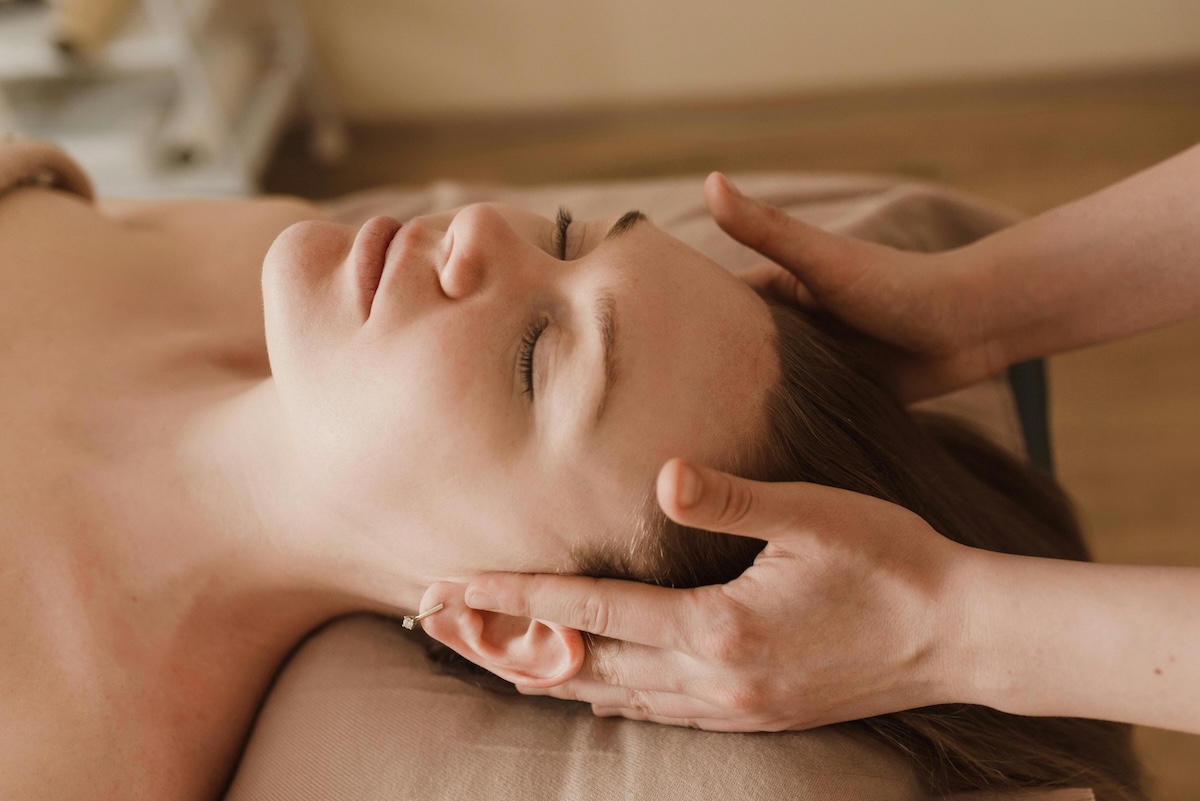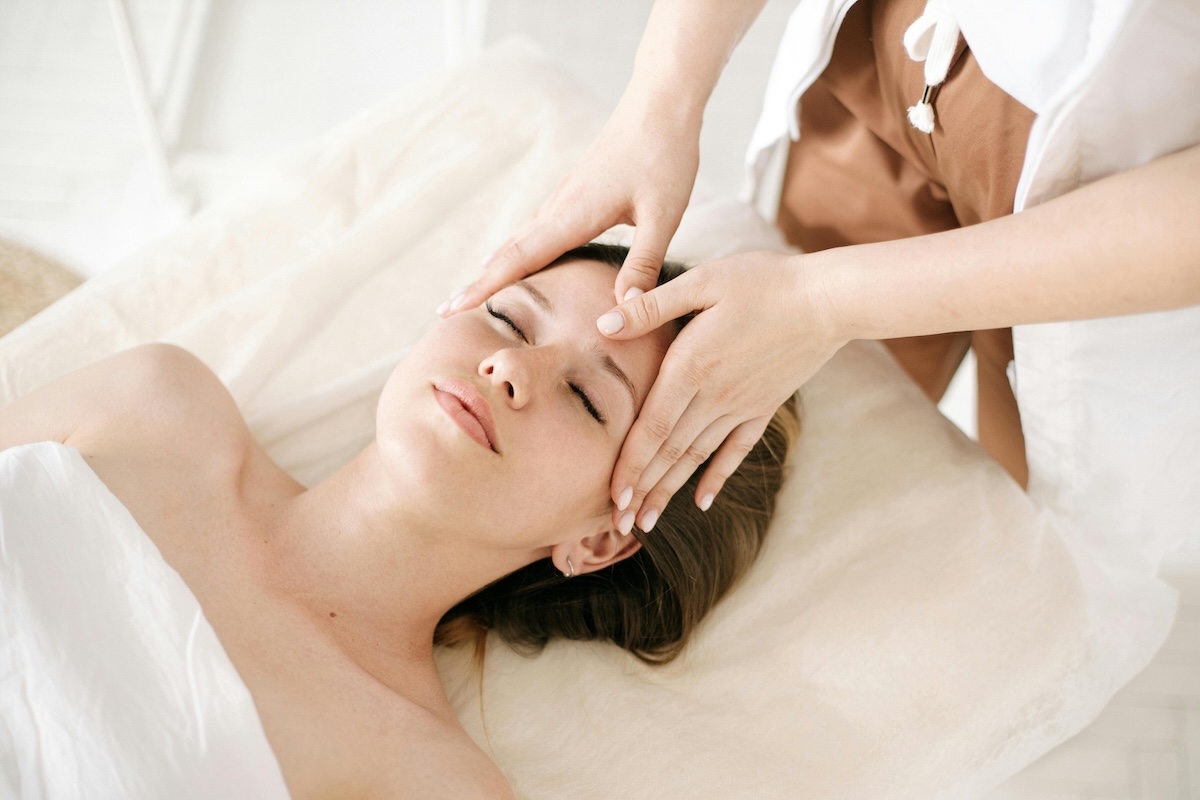Botox is one of the most popular non-surgical cosmetic treatments, beloved for its ability to effectively smooth wrinkles and fine lines. However, achieving optimal results depends not only on the procedure itself but also on following the right after care routine. Proper after care ensures Botox settles correctly, minimizes side effects, and enhances longevity. At Glowtox NYC we strive to provide the best possible experience — here’s our guide on what to expect from getting Botox, best after care practices, when you can resume exercise, and what to avoid after Botox.
What to Expect from Getting Botox
Botox injections are relatively quick, often taking no more than 10–15 minutes, with minimal discomfort. Many patients describe the sensation as a small pinch, and no anesthesia is required. Immediately after the treatment, some redness, swelling, or slight bruising may occur at the injection sites. These side effects are temporary and typically subside within a few hours to a couple of days.
It’s crucial to remember that Botox does not produce instant results. You may begin to notice changes within three to five days, but the full effects take around 10–14 days to become fully visible. The treated muscles will gradually relax, reducing the appearance of wrinkles. The results usually last between three to six months, depending on factors like metabolism, muscle activity, and lifestyle habits.
“ The ‘Glowtox method’ for toxins is very unique,” says Nicole Devincentis, Glowtox founder, MPA, PA, and Board Certified Physicians Assistant. “We often combine more than one brand in a treatment and almost always treat the patient in two visits for best results.”
Botox After Care Best Practices
After Botox care plays a crucial role in ensuring the best possible results. Here are some key best practices to follow
1. Stay upright for at least four hours
Lying down too soon can cause Botox to migrate to unintended areas, potentially leading to unwanted effects like drooping eyelids or uneven results.
2. Gently move facial muscles:
While it’s important not to apply pressure to the injection sites, making subtle facial expressions (such as raising your eyebrows or frowning) can help Botox settle into the targeted muscles more effectively.
3. Keep the injection sites clean
Avoid touching or rubbing the treated areas to reduce the risk of irritation or infection.
4. Use a gentle cleanser:
Wash your face with mild, non-exfoliating cleansers and lukewarm water.
5. Apply ice if needed:
If you experience slight swelling or bruising, applying an ice pack wrapped in a soft cloth can help minimize discomfort.
Following these best practices ensures that Botox delivers the desired effects smoothly and evenly.
When Can You Exercise After Botox?
Exercise is an essential component of a healthy lifestyle, but it’s important to be cautious when resuming physical activity after Botox injections. Vigorous workouts can increase blood flow and potentially cause Botox to disperse from the targeted muscles.
Avoid exercise for at least 24 hours: High-intensity workouts, weightlifting, running, or any activity that significantly raises your heart rate should be avoided for the first day.
Gentle movement is acceptable: Light walking is fine, but any strenuous activity should be postponed.
Wait 48 hours before resuming intense workouts: Giving Botox enough time to settle will help prevent complications and ensure that results remain precise and effective.
If you experience unusual side effects, such as prolonged swelling or dizziness, consult your healthcare provider before resuming exercise.
What to Avoid After Botox
To achieve the best possible results, it’s important to be mindful of certain activities and substances that may interfere with Botox’s effectiveness. Here’s what you should avoid:
No rubbing or massaging the treated area: Applying pressure can cause Botox to spread beyond the intended injection sites, leading to unintended muscle relaxation.
Avoid alcohol for 24 hours: Alcohol can increase the risk of bruising and swelling, so it’s best to abstain for at least a day after treatment.
Skip makeup for the first few hours: Applying makeup can introduce bacteria to the injection sites, increasing the risk of irritation or infection.
Stay out of excessive heat: Avoid saunas, hot yoga, and prolonged sun exposure for at least 24–48 hours, as heat can cause Botox to break down more quickly.
Don’t take blood-thinning medications unless necessary: Aspirin, ibuprofen, and certain supplements like fish oil can increase bruising. If you need to take any of these medications, consult your doctor first.
By adhering to these after care guidelines, you can maximize the effectiveness of your Botox treatment and enjoy smoother, youthful-looking skin for longer.
If you have any concerns or experience unexpected side effects, don’t hesitate to reach out to Glowtox NYC for a consultation or for guidance. By following these after care tips, you can enjoy a refreshed and rejuvenated appearance with confidence.






